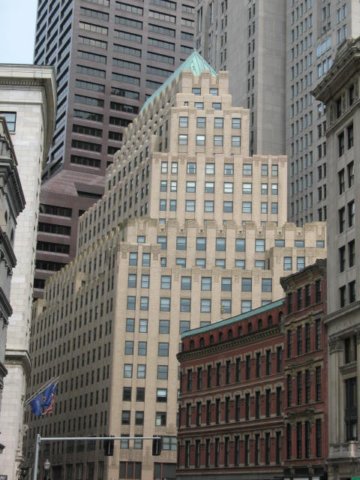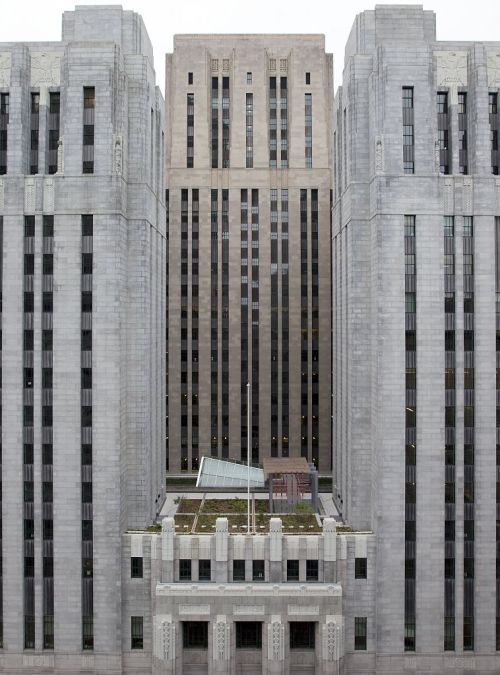odurandina
Senior Member
- Joined
- Dec 1, 2015
- Messages
- 5,328
- Reaction score
- 265
i put 6k miles on the Sledgehammer the last 3 weeks. Read all your great posts, but near ZERO time to post anything but, 'i want that 510 foot wall of cement downtown broken up with some tall high a/r towers' mantra. We might get 4 or 5 of 'em. i'll try to be less obnoxious, but we need the mother of all signature drives for 1 Bromfield and Harbor Garage this summer.
creed; http://addicted2success.com/wp-content/uploads/2015/03/grant_cardone_quote.jpg
please see; 7:54 to 13:55.
https://youtu.be/QGDawzarSq8?t=474
Grant C: "You need some haters...."
i'm willing to stand for what i believe and be hated for it.
please see 29:45 to 34:00
https://youtu.be/QGDawzarSq8?t=1786
__________________________
i love great infill.
creed; http://addicted2success.com/wp-content/uploads/2015/03/grant_cardone_quote.jpg
please see; 7:54 to 13:55.
https://youtu.be/QGDawzarSq8?t=474
Grant C: "You need some haters...."
i'm willing to stand for what i believe and be hated for it.
please see 29:45 to 34:00
https://youtu.be/QGDawzarSq8?t=1786
__________________________
i love great infill.


